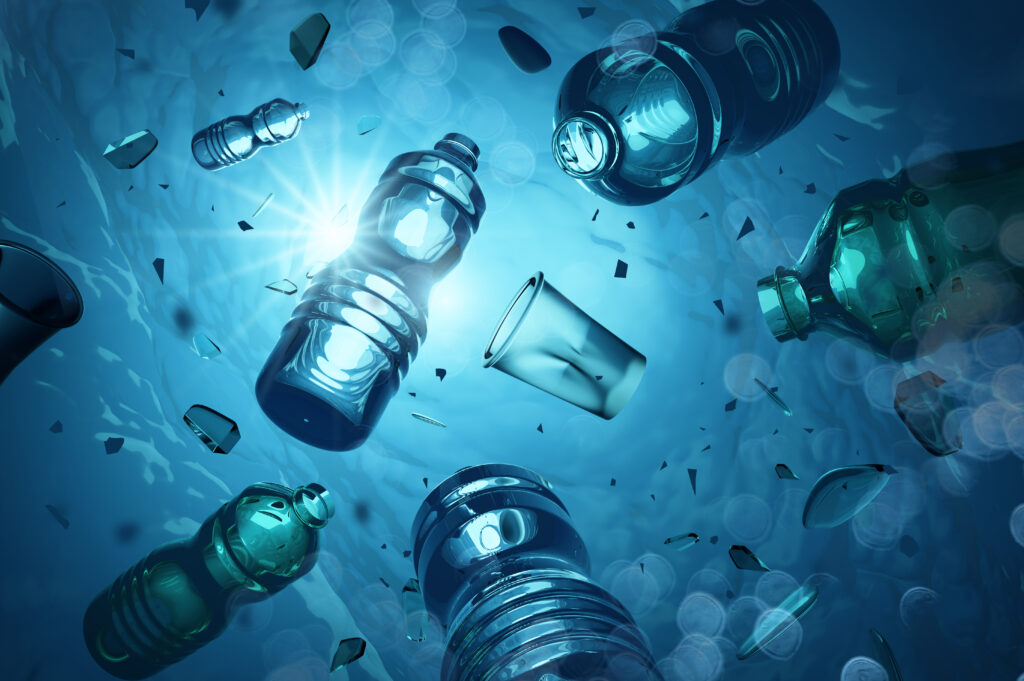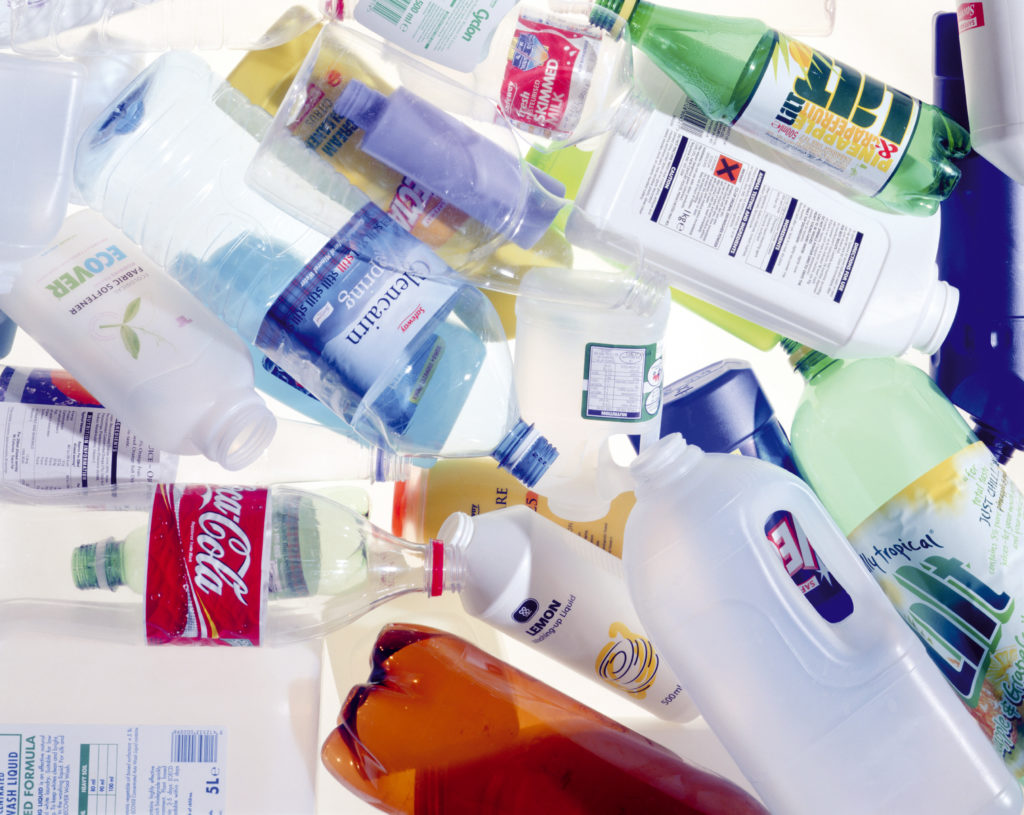The Electronic and Electrical Department at the university was given a 108,000 grant through the Landfill Tax Credit Scheme from Onyx Environmental Trust. The aim of the project was to identify an automated system of sorting plastics from a mixed waste stream into their individual types in a material recycling facility (MRF) to replace the current method of manual sorting.
Plastics have traditionally been difficult to sort, with several different types needing to be separated in order to be recycled.
Margaret Cobbold, general manager for the Onyx Environmental Trust said: “This is a great example of how the Landfill Tax Credit Scheme has contributed to projects which research into waste minimisation and recycling issues. Mixed plastics, in particular, have traditionally posed problems for the recycling industry; therefore the results of this research will be invaluable.”
Graham Hearn, technical director, of Wolfson Electrostatics at the University of Southampton, said: “The techniques used in this research are ideally suited to an automated recycling line and could be considered for incorporation into currently operating Super MRF and other semi-automated recycling facilities.”
The principle utilised by the researchers is called tribo-electrification, which means that different plastics exhibit different electrostatic charges as they come into contact with various materials. The researchers found using this and other techniques they could sort plastics into the five types of PP, PET and PS, HDPE and PVC.
The process developed by the university initially uses a charge relaxation technique to remove the plastics from the mixed waste stream. The plastics are then bought into contact with different probes which sorts the plastics according to whether they show a negative or positive charge. Finally the process uses an optical wavelength light beam to separate the HDPE from the PVC in terms of opaque versus clear.
Mr Hearn said that although the research's initial findings are positive, additional investigation is needed to test how the automated method works in realistic conditions. He said: “Further studies would need to be carried out to gauge operational accuracy in actual conditions of surface contamination, moisture and humidity.”








Subscribe for free